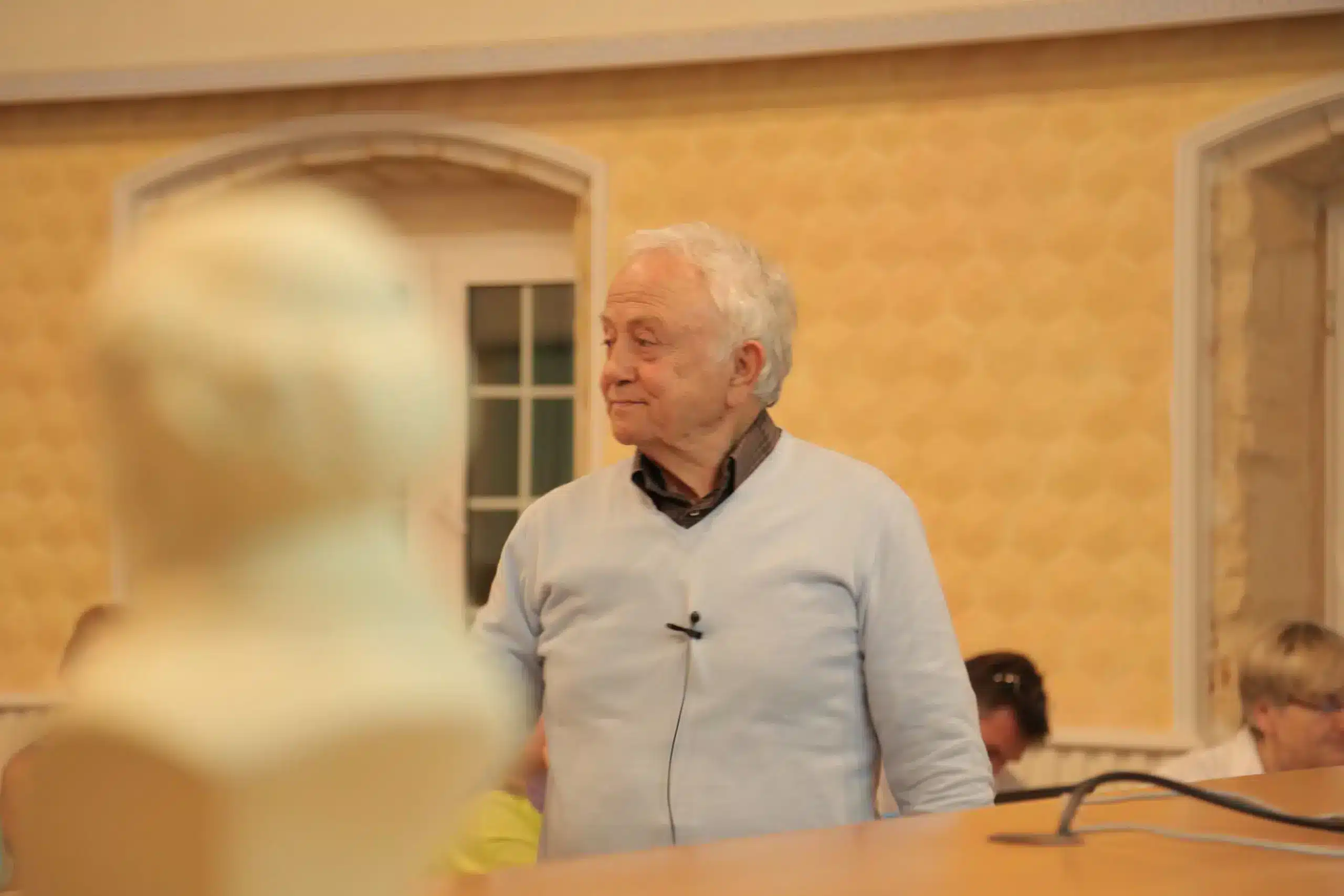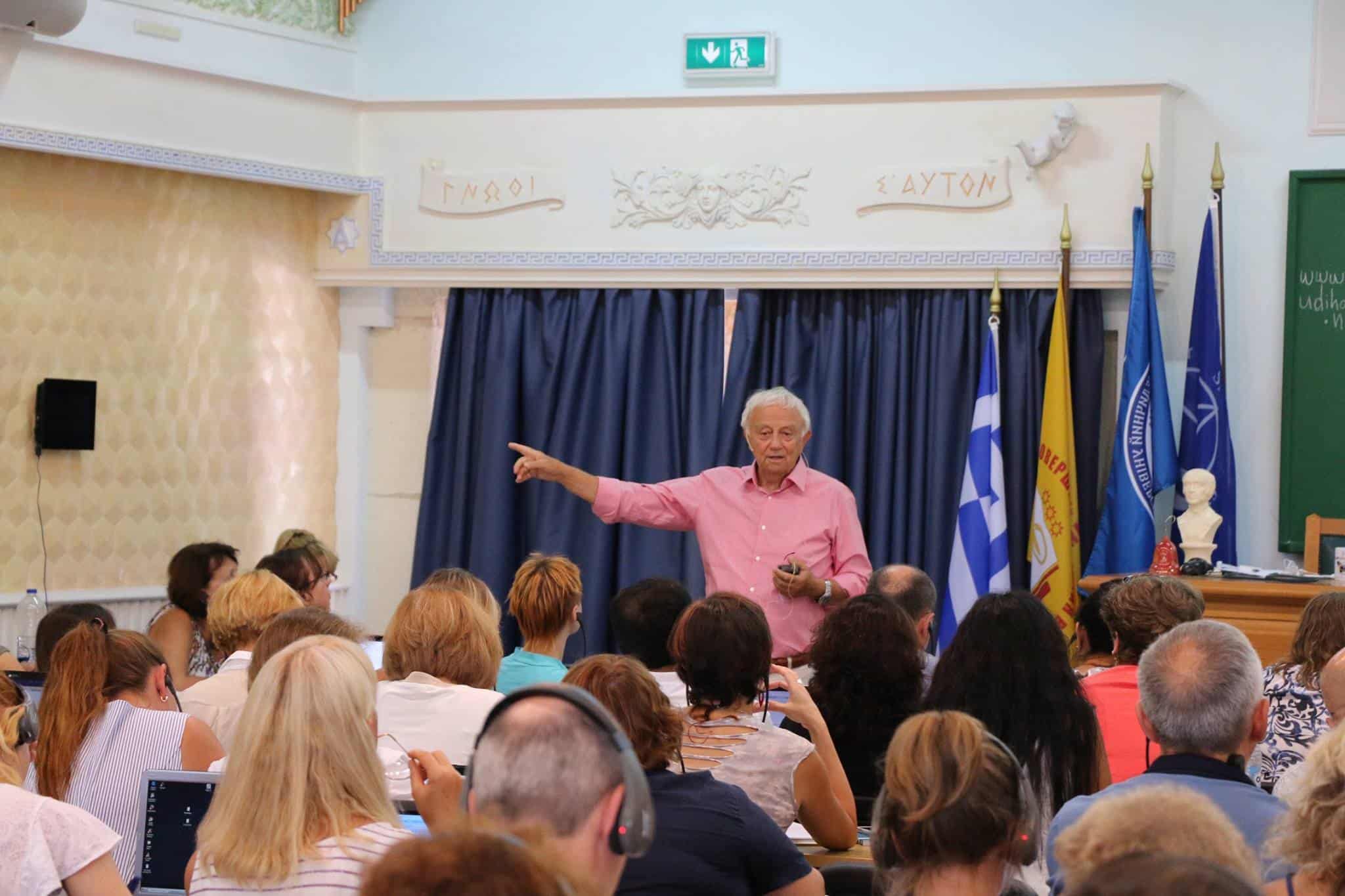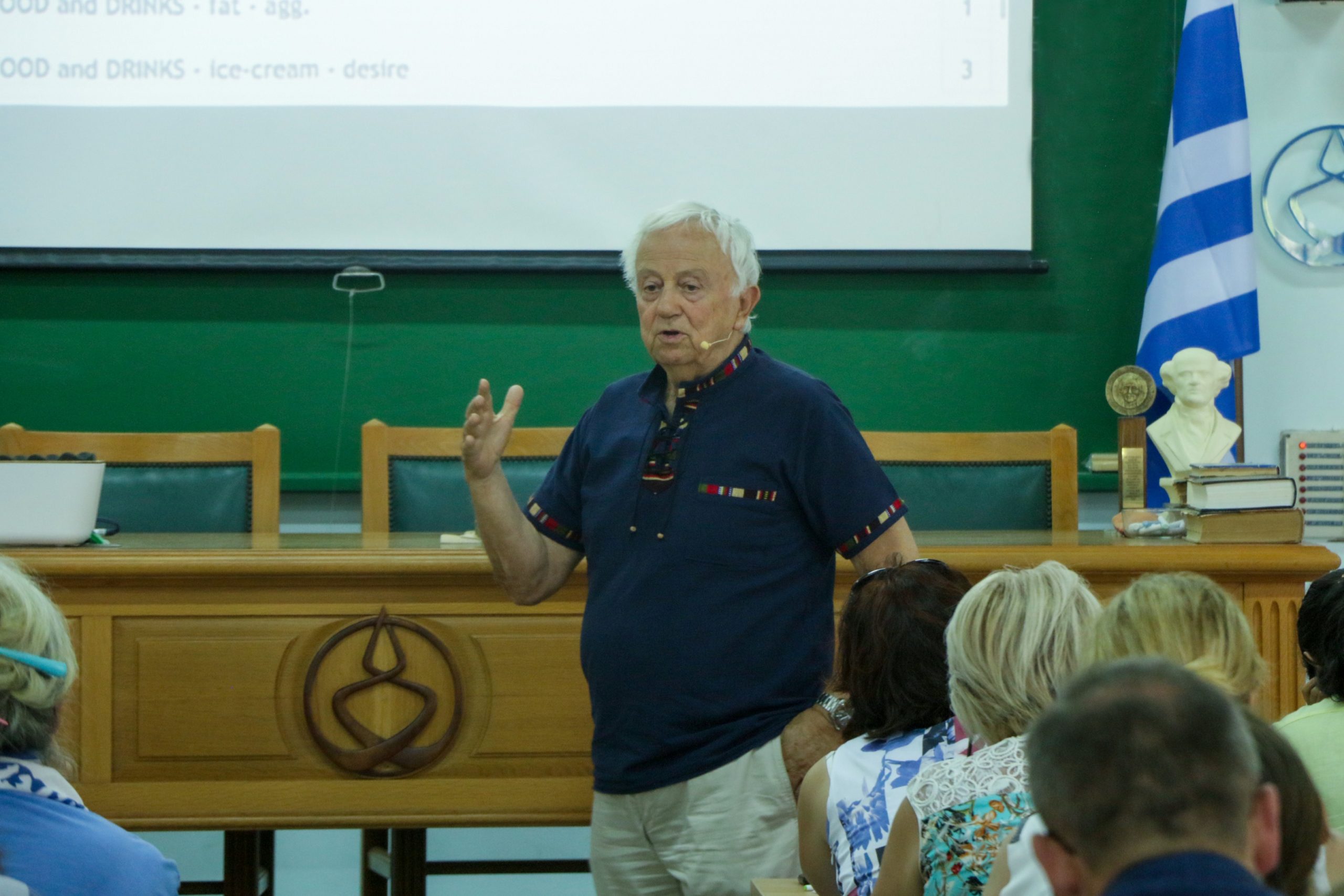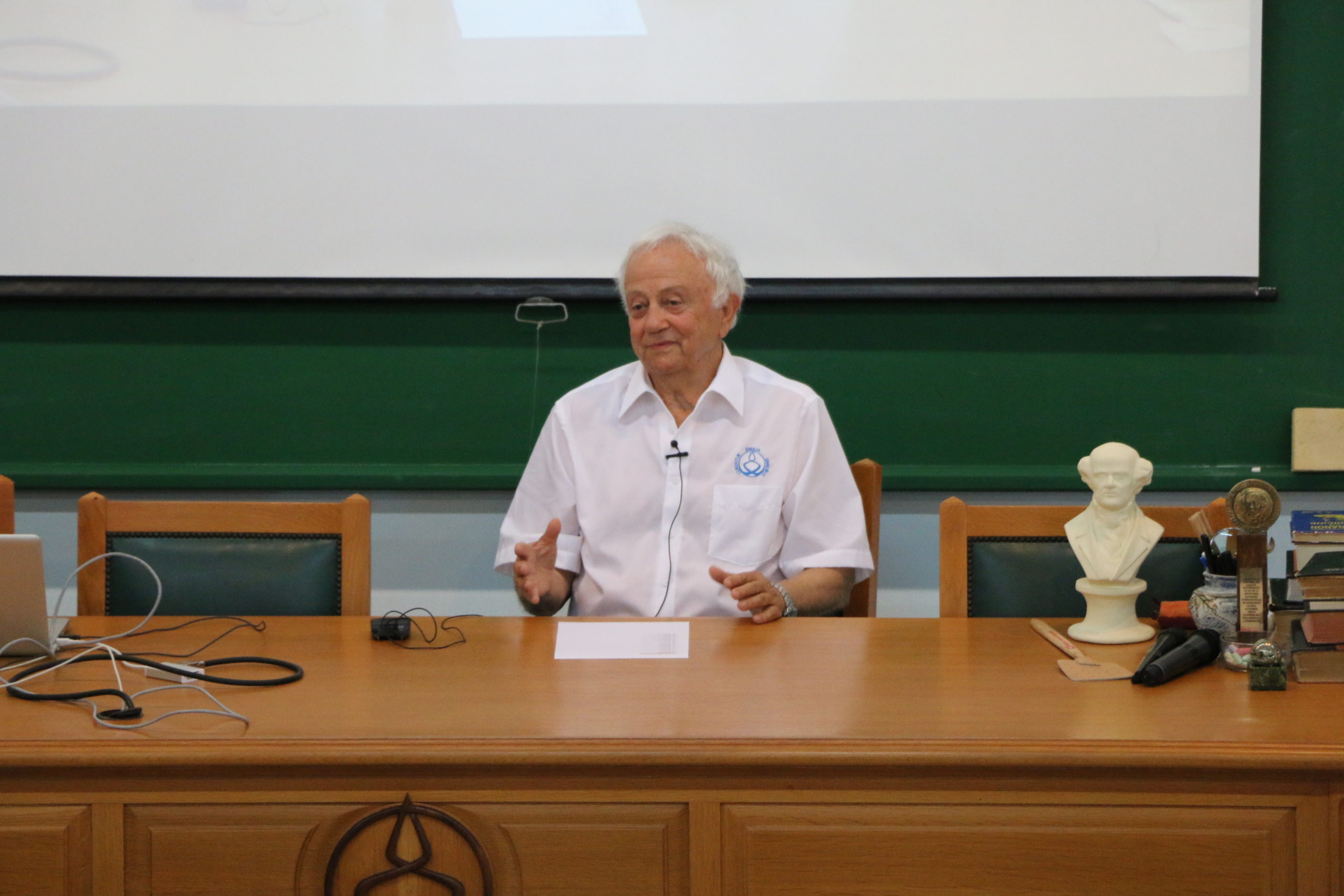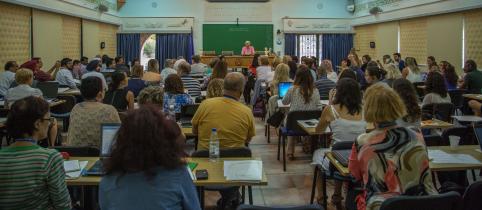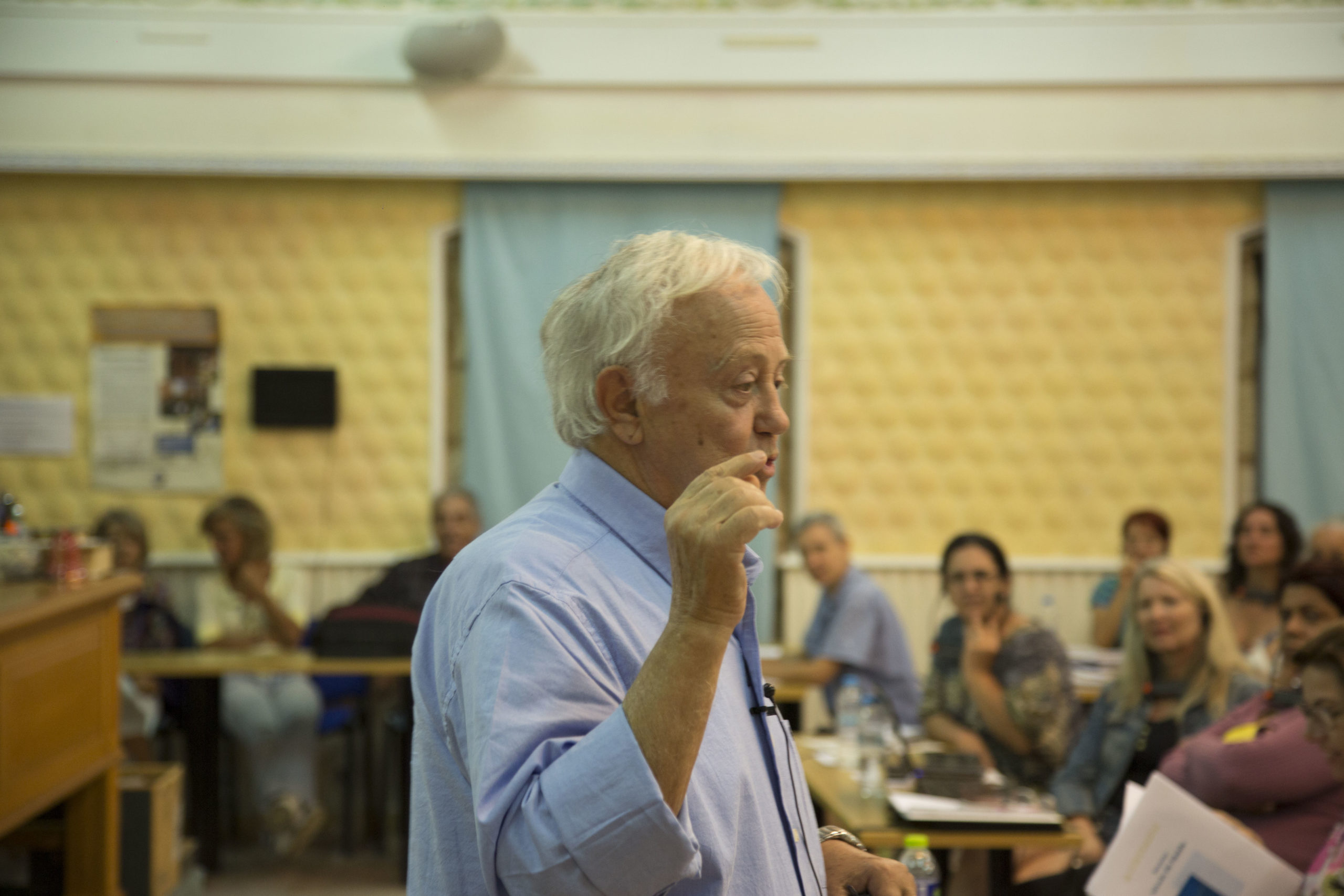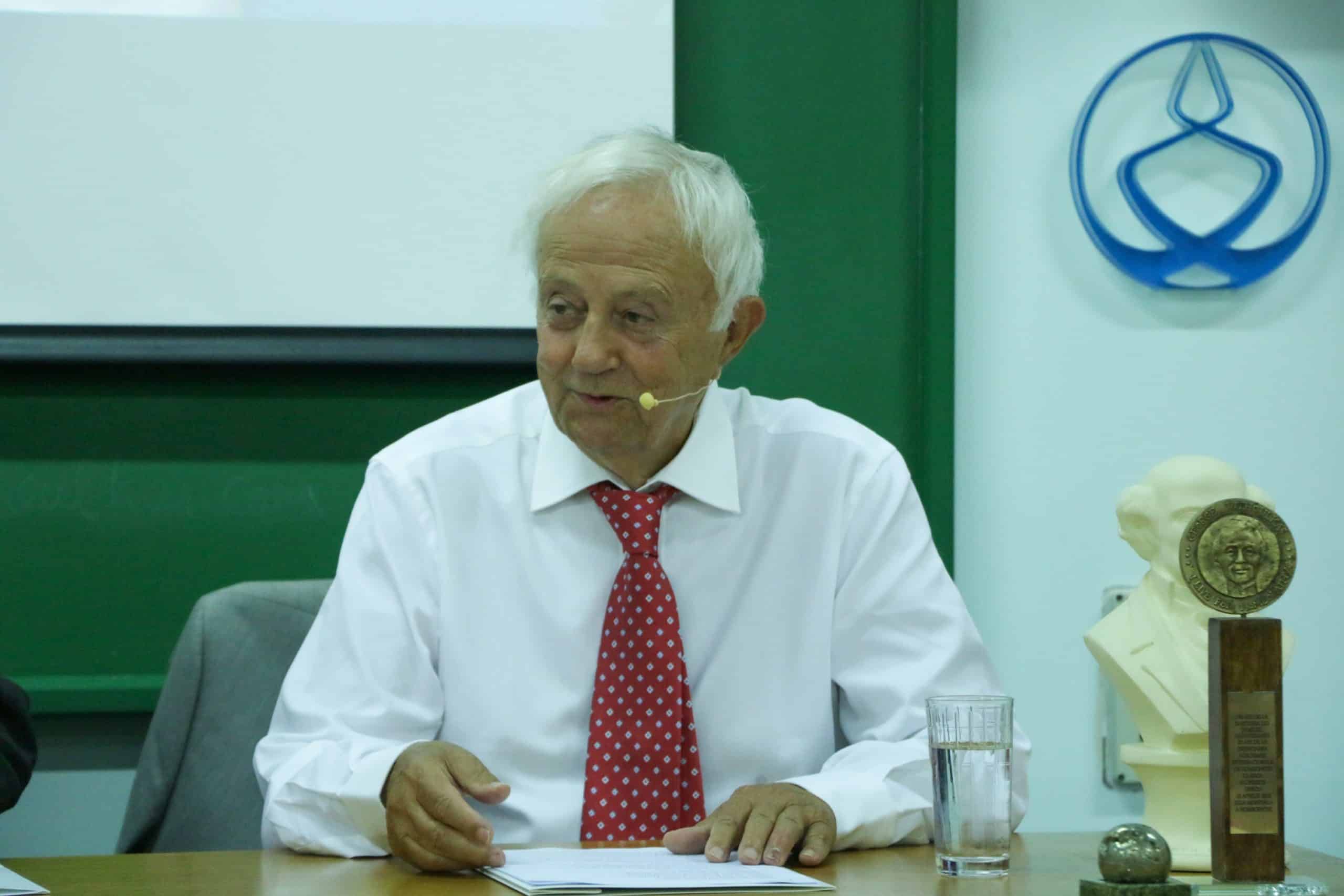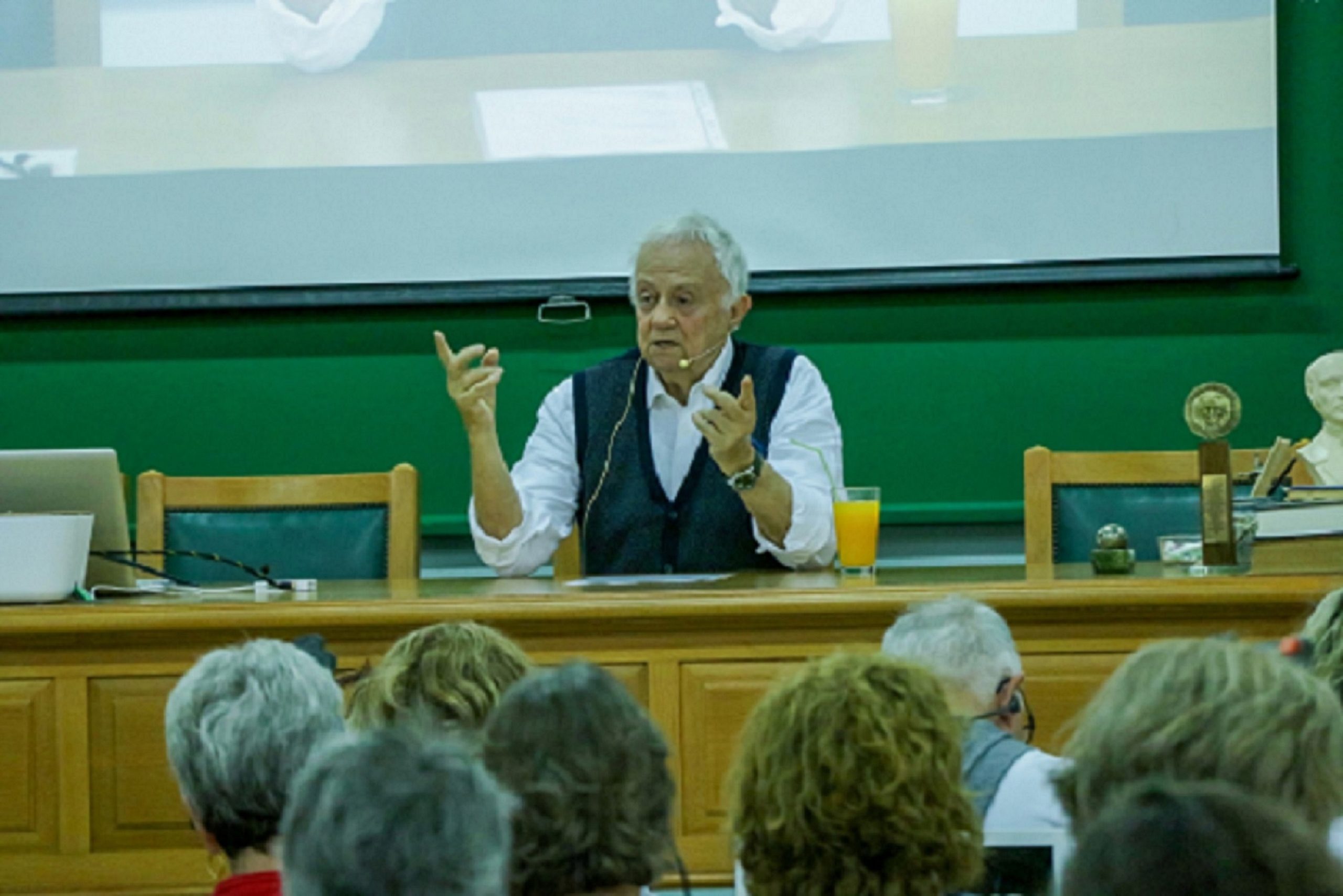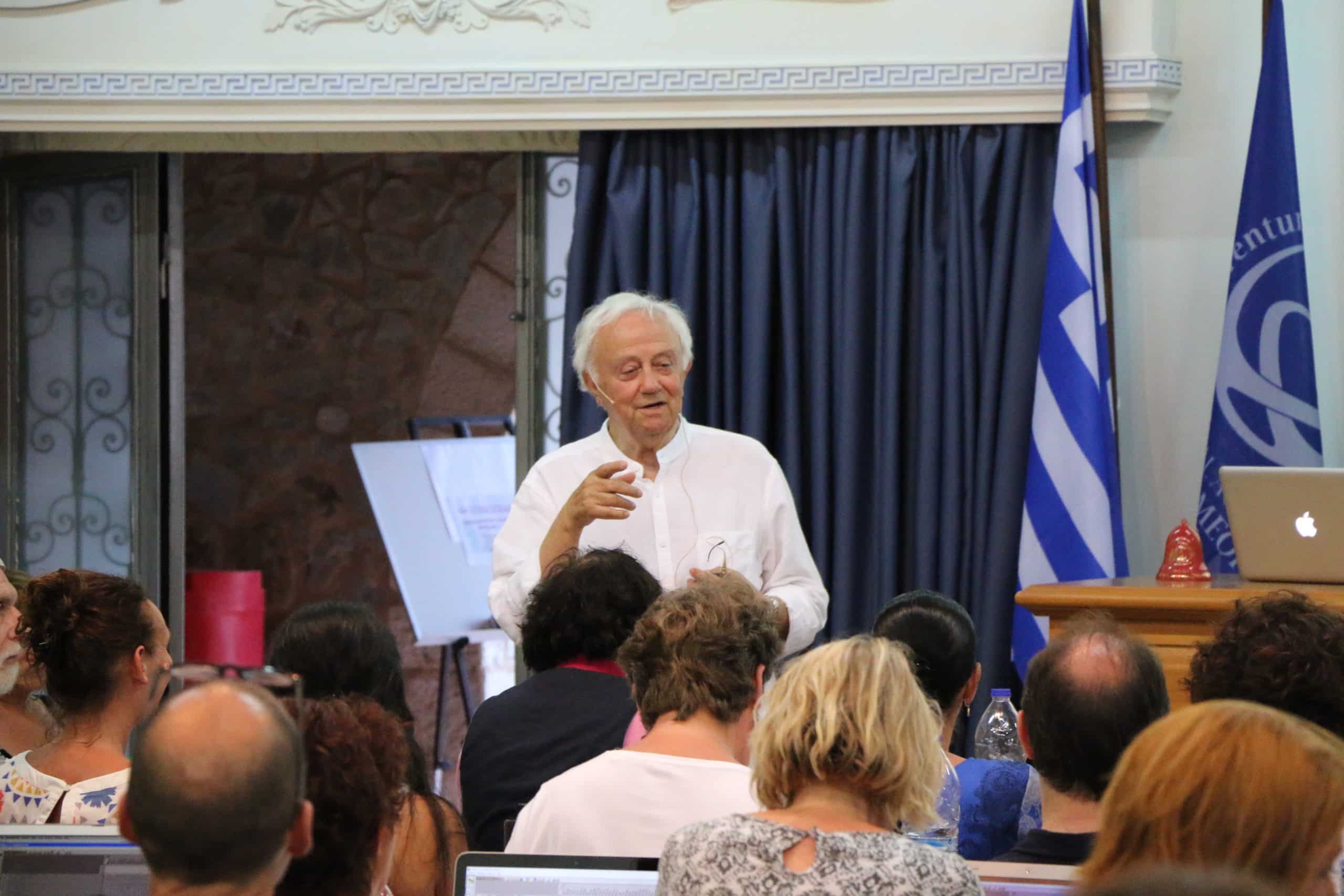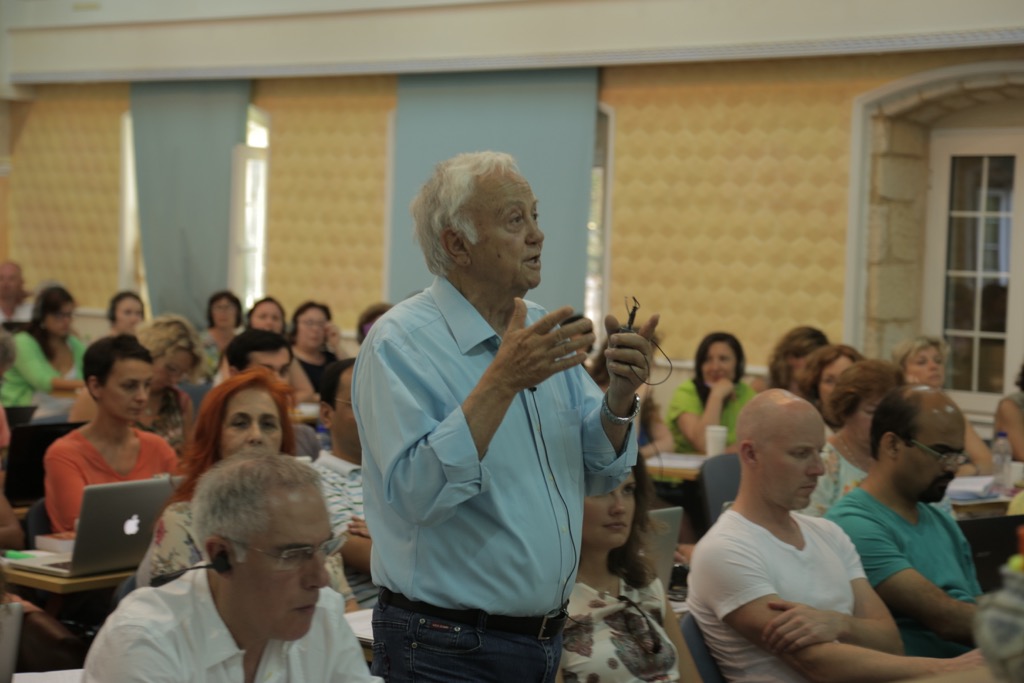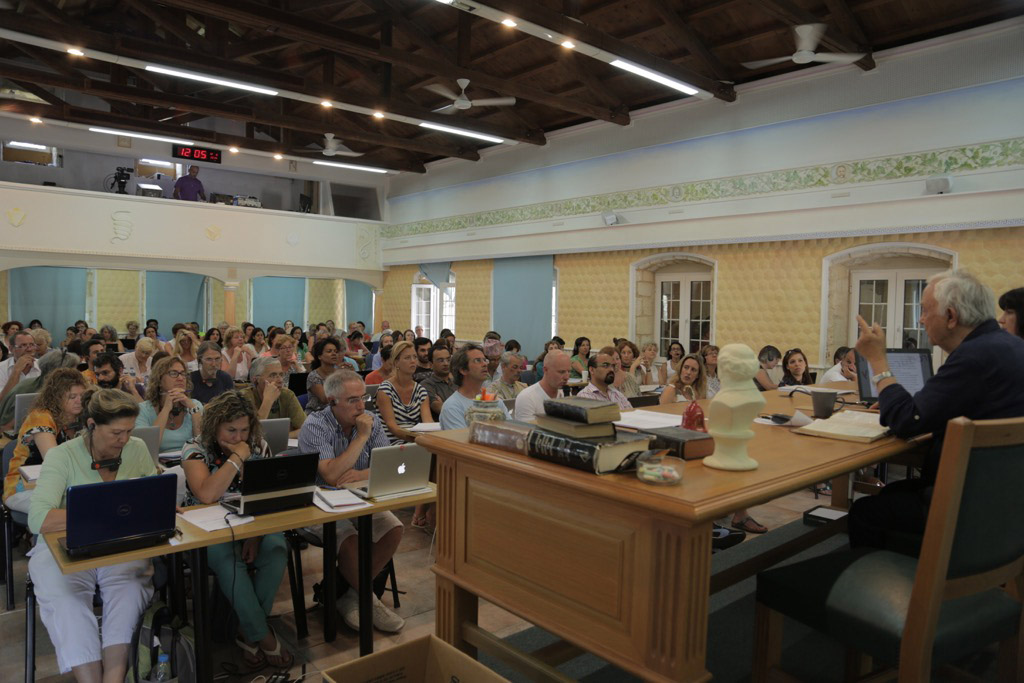A few days ago I received ‘A Proving of Thiosina- mine’ from Tony Grinney,1 in which I read the following unbelievable passage:
‘Prover 105, the placebo, produced a lot of symptoms which also seem to fit with the overall remedy picture. This at first hand seems unusual, but may be explained in that those involved in the proving were students from the college.
British Homeopathic Journal (2001) 90, 172–176
© 2001 Nature Publishing Group All rights reserved 0007–0785/01 $15.00
LETTERS TO THE EDITOR
A proving of Thiosinamine
A few days ago I received ‘A Proving of Thiosina- mine’ from Tony Grinney,1 in which I read the following unbelievable passage:
‘Prover 105, the placebo, produced a lot of symptoms which also seem to fit with the overall remedy picture. This at first hand seems unusual, but may be explained in that those involved in the proving were students from the college.
Sankaran has talked about ‘communal con- sciousness’ and the students were known to each other and met at college monthly, so there was a communal experience in which the provers and the supervisors were involved. It is possible in such a situation that despite the fact that 105 was given placebo, she may have developed symptoms of the proving by being part of the group and college community involved in the proving. All information on the placebo is included as anecdotal evidence rather than within the main proving.’
It is unbelievable that, in our times due to ideas put forward by new teachers people have come to believe that white is black.
When, in a proving, you have the same or similar symptoms with placebo as with the remedy, the logical conclusion should be that such symptoms do not belong to the remedy but rather to environmental, circumstantial or psychological conditions (hysteria, suggestion, anxiety etc.) but surely not to the remedy! It is most regrettable that somebody managed to persuade novices in homeopathy that placebo symp- toms can belong to the proving of the remedy through a metaphysical medium which is the communal consciousness!
The damage of such papers is double
-
When serious people in medicine or health autho- rities hear such absurdities nobody can blame them for resisting and distancing themselves from us.
-
Every remedy, when proven in a proper way, will give a group of symptoms. But a false proving with imaginary symptoms will cause tremendous con- fusion as to what symptoms belong really to the remedy.
Here are some examples from the ‘Proving of Thio- sinamine’:
‘I noticed the sense of depression that I used to get briefly on cooking has not been there since taking the remedy.’
‘I feel I am getting lots of useful information from unexpected sources at the moment. For example the dog’s being unwell and I thought she must have eaten something, then went for a walk to the park and chatted to two council workmen who told me they’d just found a huge pile of curry (!) under a tree where a dog had been nosing around yesterday.’
‘Quite excited at the thought of going away for the weekend.’
The ‘Proving of Thiosinamine’ claims that the theme of the remedy is waiting patiently or wasted time. Here is prover 104 (actually the provers were 9 and one placebo). ‘Two patients haven’t shown this morning, so I’ve had two hours of waiting for them with no time to get on with anything else. That’s wasted time.’
‘I feel I have been waiting for something dramatic to happen with the proving but it is not and I need to reconcile myself.’
How can such reactions be noted down as proving symptoms? Under these circumstances, anybody would react in the same way!
The bulk of the ‘recorded symptoms’ are of similar quality and obviously belong to the circumstances and the psychological state of the provers at that moment. When such events are announced with a ‘press release’ (as this publication was) as if they were important events for homeopathy, it is time that some critical voices were raised.
G Vithoulkas
International Academy of Classical Homeopathy,
ALONNISSOS 37005, Greece,
E-mail: vithoulkasalon@hotmail.com
Reference
1 Grinney T. A proving of Thiosinamine, Manchester, North West College of Homeopathy 2001.

